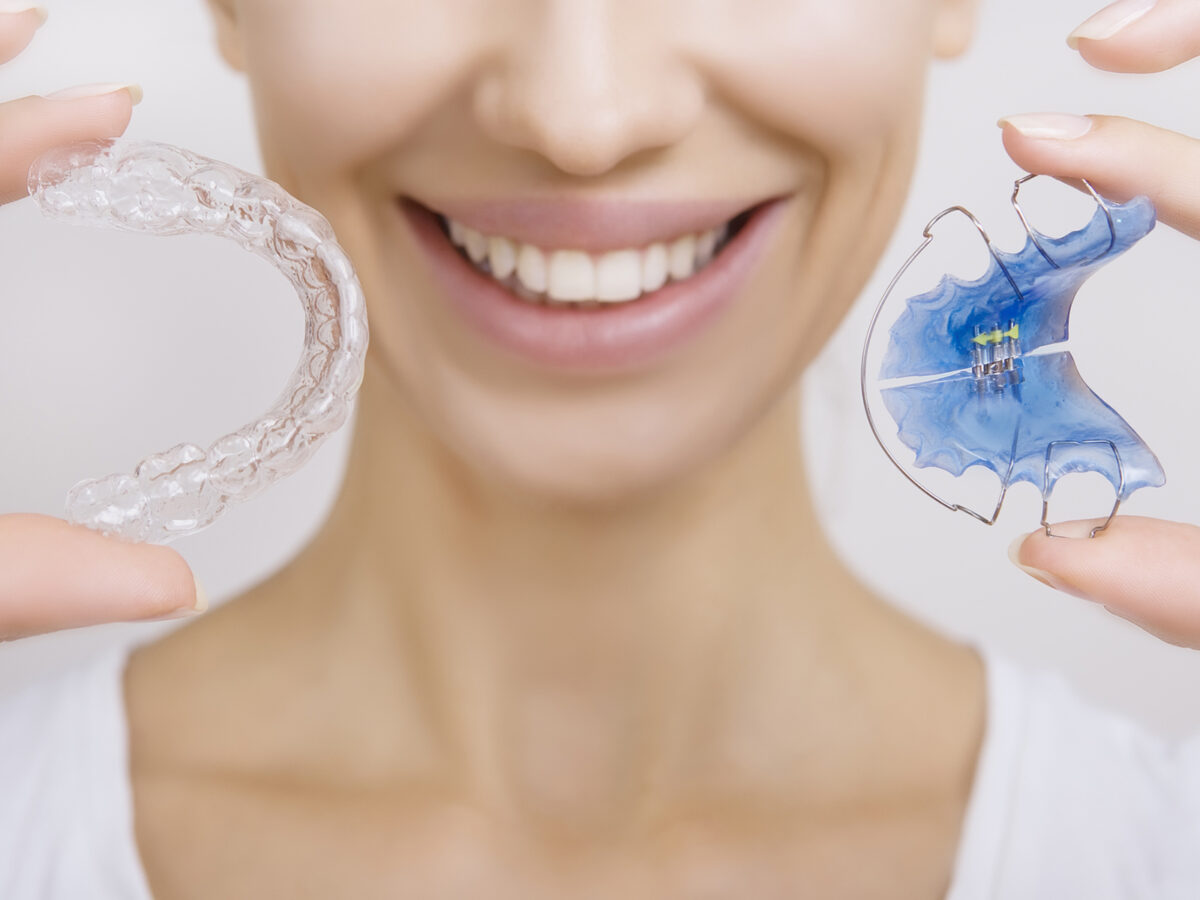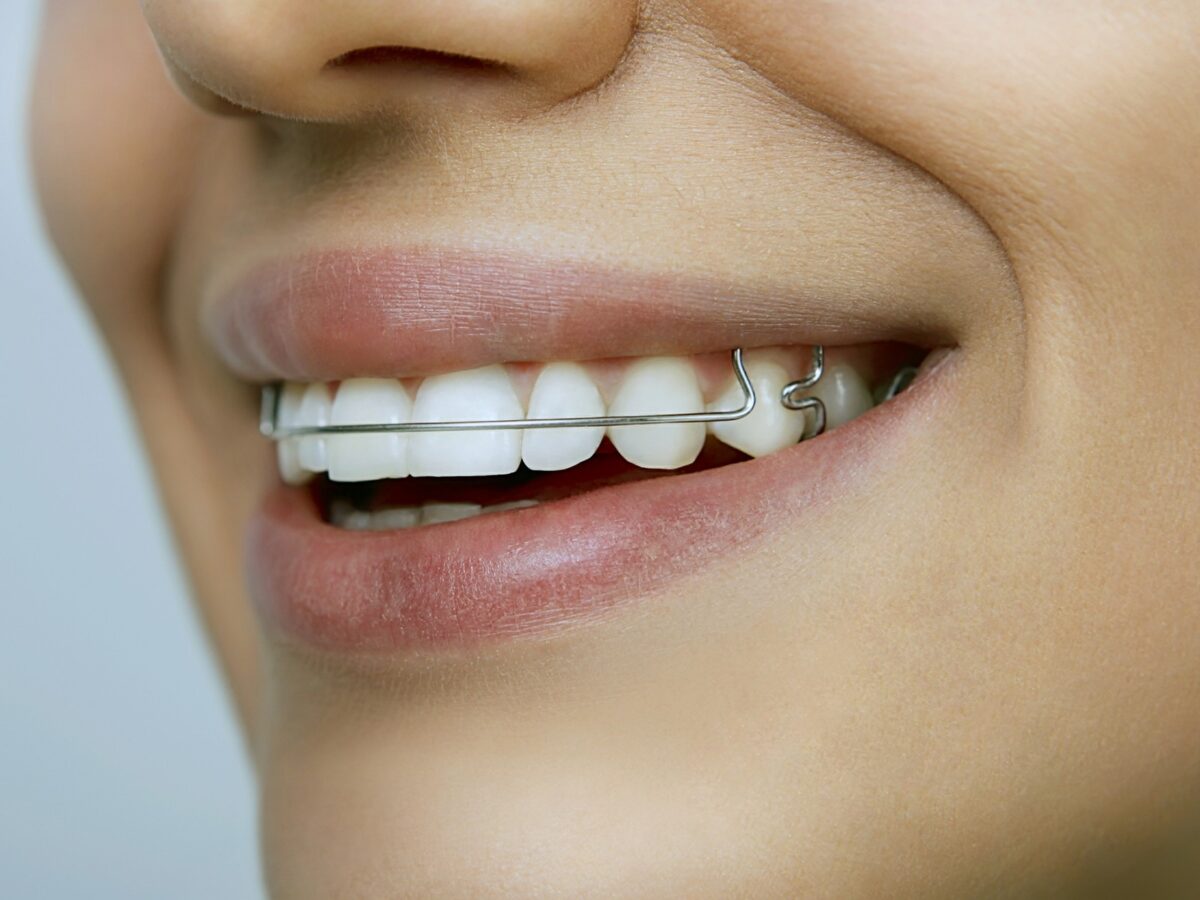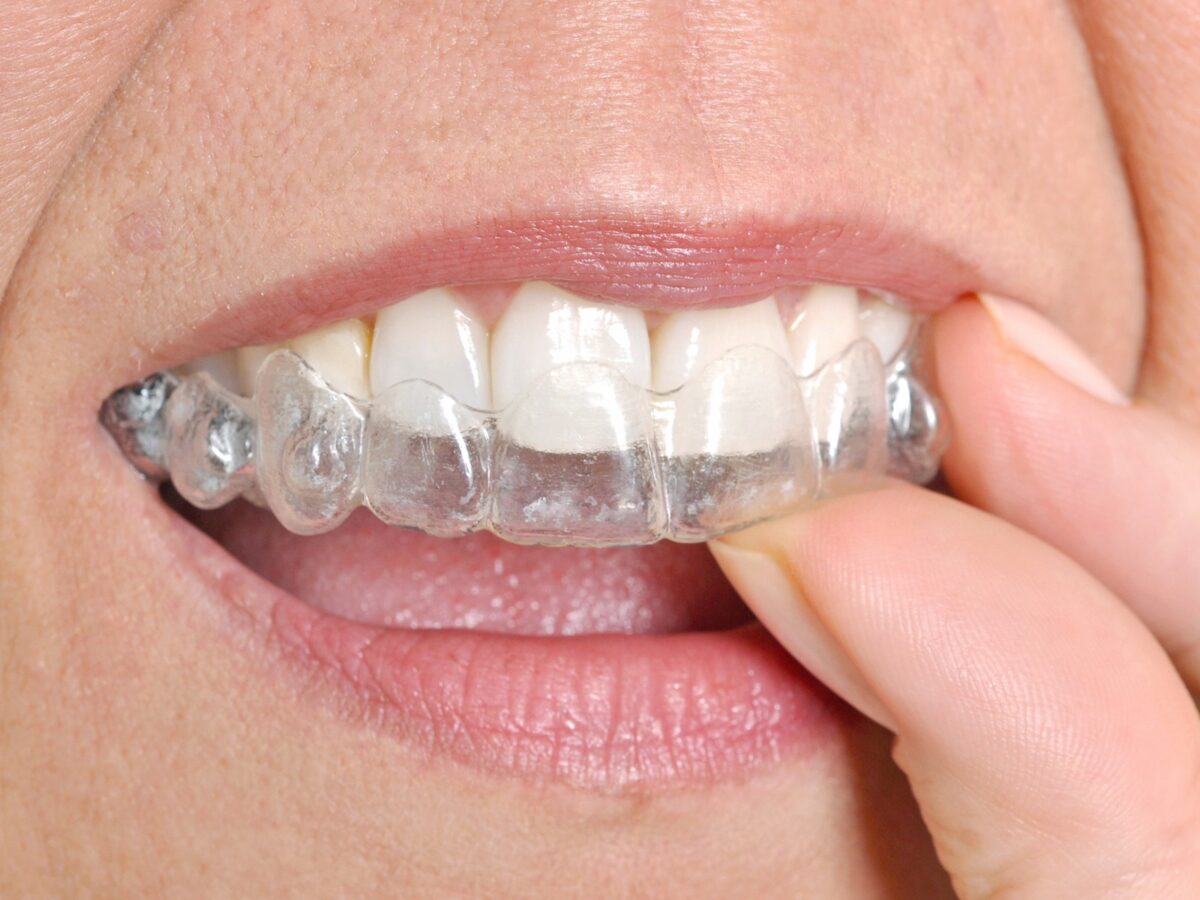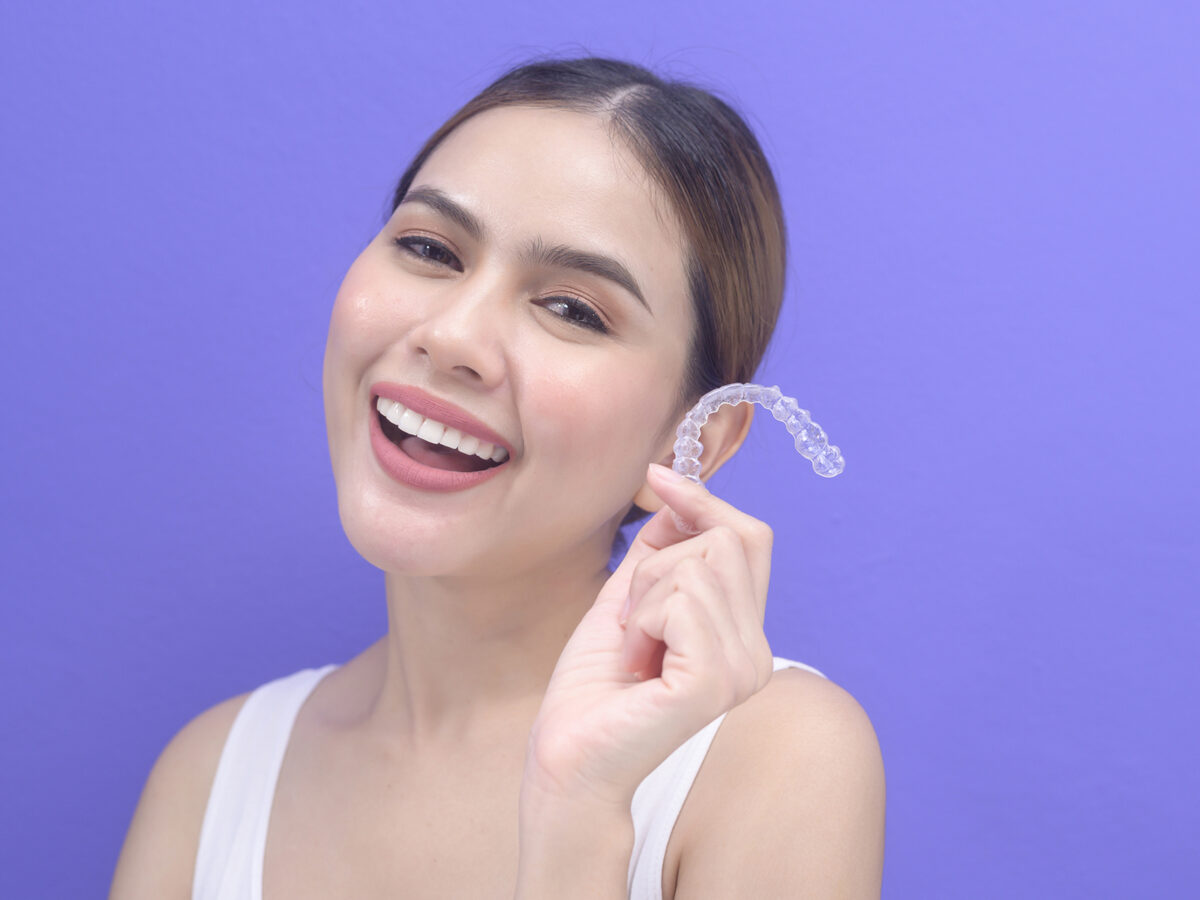Retainers sometimes help align teeth with a small degree of irregularity that can be straightened without braces. Even people with braces are likely given a retainer after removing braces to prevent shifting.
Retainers are strong, but with time, they show wear and tear. Gradually, many patients struggle with the yellowing of their retainers. The retainer keeps collecting bacteria, plaque, and tartar from the mouth while you wear it. Over time, it may even smell or taste funny if you don’t clean it often enough. This can occur due to the buildup of plaque and stains from certain types of foods.
Some bacteria are naturally found in the mouth, but when too many bacterias build up, they can cause severe damage to teeth or certain illnesses. Retainers can shelter dangerous bacteria like Streptococcus, including S. sanguinis, S. mitis, S. salivarius, Lactobacillus, and Veillonella.
Retainers quickly accumulate plaque and begin to yellow if they are not properly cleaned after each wear. Collected plaque on retainer can lead to yellowing of teeth. It is essential not to skip dental hygiene. Make sure to clean your retainer regularly, just like you brush your teeth. It would help if you floss at least once or after every meal, to avoid food stuck between your teeth.
How to keep your retainer clean and avoid yellow teeth?
- Do not use harsh cleansers to get a squeaky-clean retainer.
- Do not use toothpaste, mouthwash, or hot/ boiling water to clean aligners or retainers.
- Soak retainer for the time it takes to clean it or as specified on your cleaning tablets.
- Clean your retainer case regularly.
- With time, all retainers will show signs of age; make sure to replace your retainer within the specified time.
Visit your orthodontist if you experience any pain or feel something is stuck. These small issues can cause potential damage to your teeth and tissues. Even if you notice yellow teeth, you can get them cleaned by your dentist.




